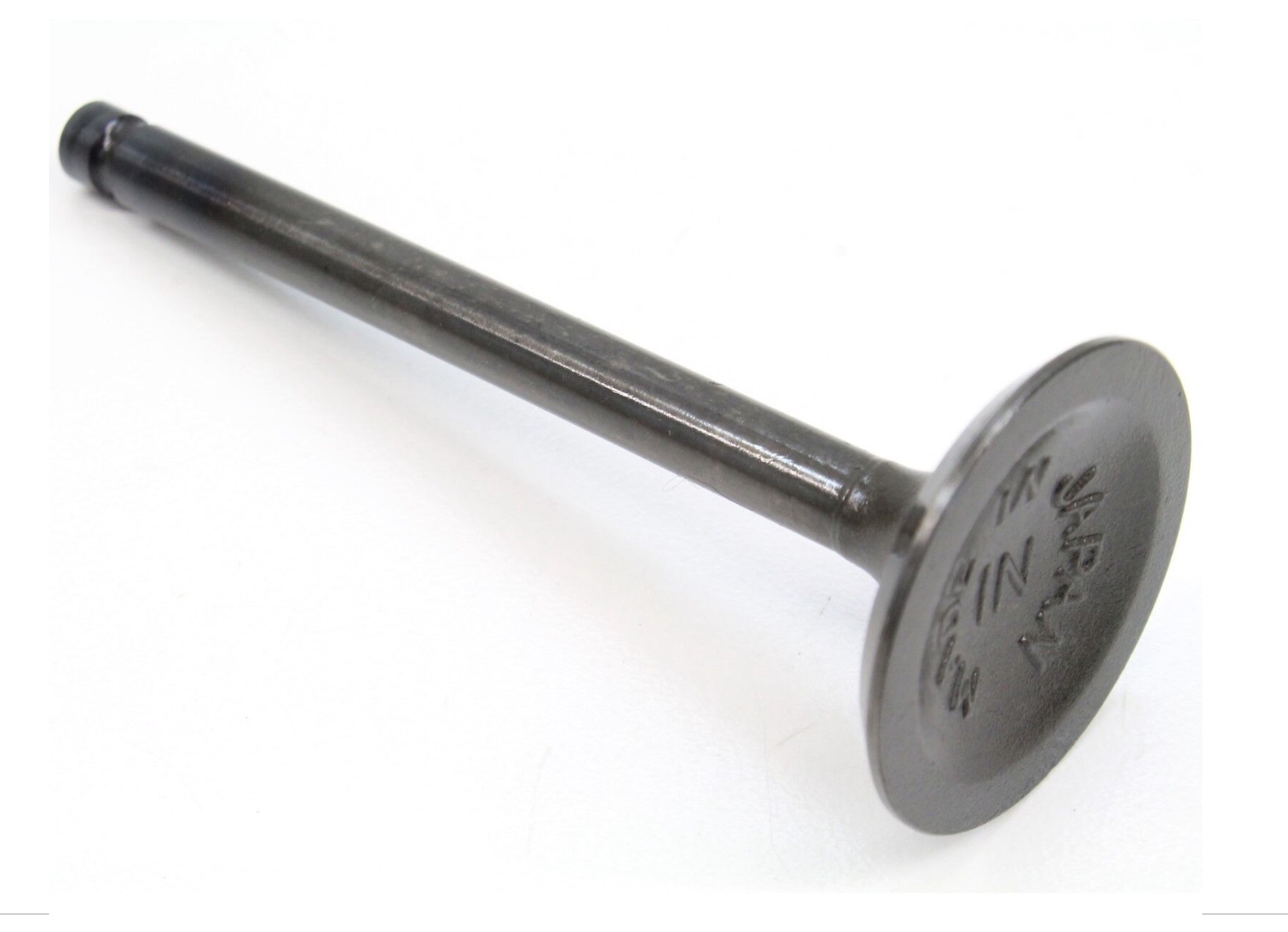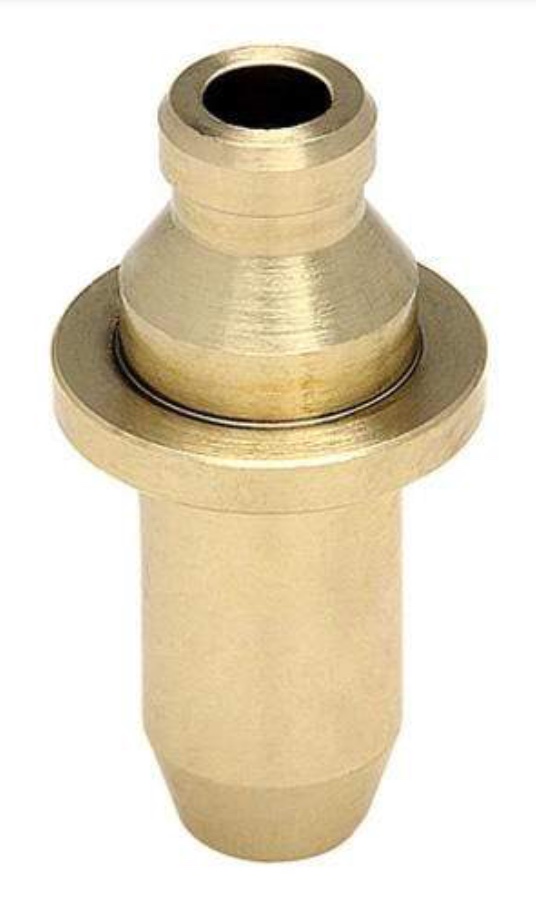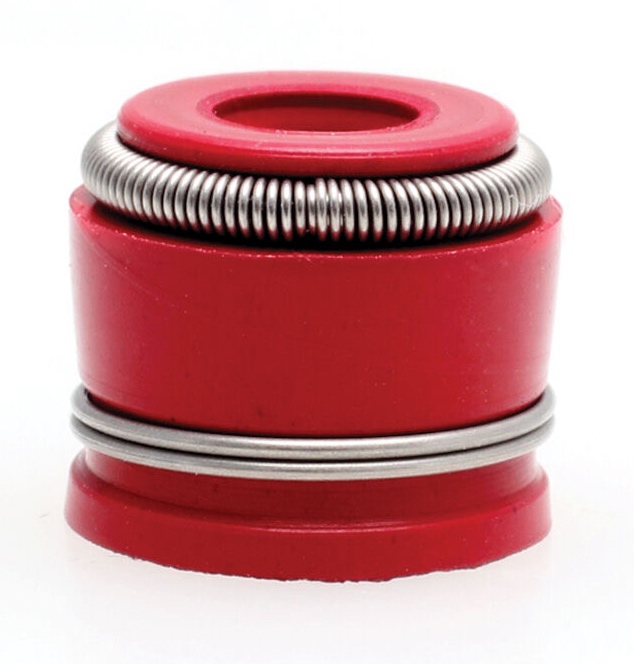|
Up until two to three years ago this wasn't an issue, because experienced Honda mechanics knew the stock valves and valve guides were still available and that both were far superior to most of what was offered on the aftermarket. Now however this has changed. Stock valves and valve guides for 40 to 50 year old models are no longer available from Honda and now we who endeavor to rebuild these engines have to contend with the inferior substitutes.
Valves
What is wrong with them, you might ask? There are two sources of standard type (not counting high performance stainless steel valves) replacement valves for vintage Hondas. Both come out of Japan, but I suspect they are made in China. They are not equal to the stock part. In some cases (for some model Hondas) their stems are smaller in diameter than the original, and for others, the stem diameter even varies from valve to valve. For a certain Honda model I have even had to return some of these valves because not all of their heads were round. Forums say they are "fine". They're not. When it comes to valves for vintage Hondas, it's best to use stainless steel. They recede a lot slower than the stock type, and the manufacturing quality of Kibblewhite stainless steel valves, for example, is nothing less than impressive.
  
Valve guides
The Big Four manufacturers build their engines with cast iron valve guides. They are actually the best that is available, or was. For vintage Hondas they're just about all used up now. What's wrong with the aftermarket stuff? Virtually all aftermarket valve guides are bronze, not cast iron. It does not take a professional to intuit that these softer metal valve guides will not last as long. But there is more. Bronze has less self-lubricative quality than does cast iron with its very high carbon content. This means you cannot fit the valves at the same close factory tolerance than you can with cast iron guides. So not only do bronze guides wear faster, they are already partly worn when installed. And as for installing, some bronze guides come pre-sized. That may sound useful, but it's actually not. In fact it more often than not results in a guide that despite being made already to size installs undersize and therefore requires honing, just as with cast iron guides, but only a tiny bit. The outcome is a guide that is "hour-glassed", i.e. its inner diameter varies from one end to the other. The bottom line is that bronze guides are easier to install and machine, and that is why many favor them.
Valve guide seals
Honda valve guide seals have such a quality reputation that at one time rebuilders of vintage Kawasaki fours preferred them. In my experience they are great seals. However, thanks to the Internet, everything Viton has become the flavor of the month, and valve guide seals made from this durable material have taken over the market. They're inescapable, and made in various bright colors. There is a problem with them however. Viton is a much harder, less flexible rubber than the factory's material. As such no matter how well it may resist age-hardening, a Viton valve guide seal is already harder when new and less conforming to the valve than the stock seal. In other words, the spring on that Viton seal may make it grip the valve harder and its material resist age-hardening, but the stock seal's superior flexibility allows it to seal more consistently during its lifetime.
Valve springs
Career mechanics know something most on forums do not: Honda's valve springs are famous for being super-durable and reliable. Thus they should be retained even if doing mild engine modifications. Something else you may have to find out the hard way: most aftermarket "high performance" valve springs are crap. They don't test out at higher seat pressure, they don't last as long, and they are not designed for your specific engine but for a handful of different engines, sometimes several. The only time you should change from the stock valve springs is when you are making such extensive modifications that the stock springs won't support your chosen cam's valve lift. Take a tip from experienced Honda engine modifiers: keep the stock springs or if needed use springs from another Honda model.
|

 ®
®


